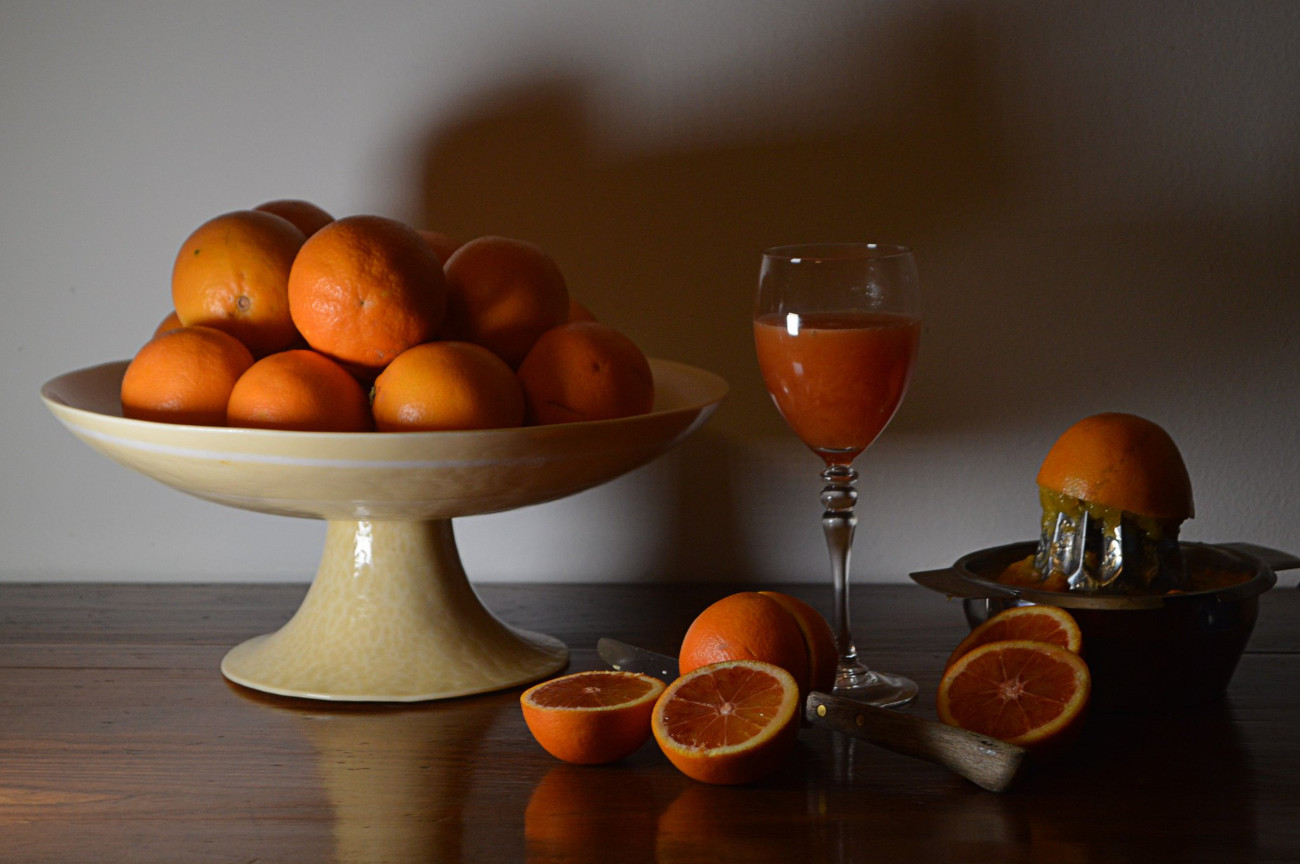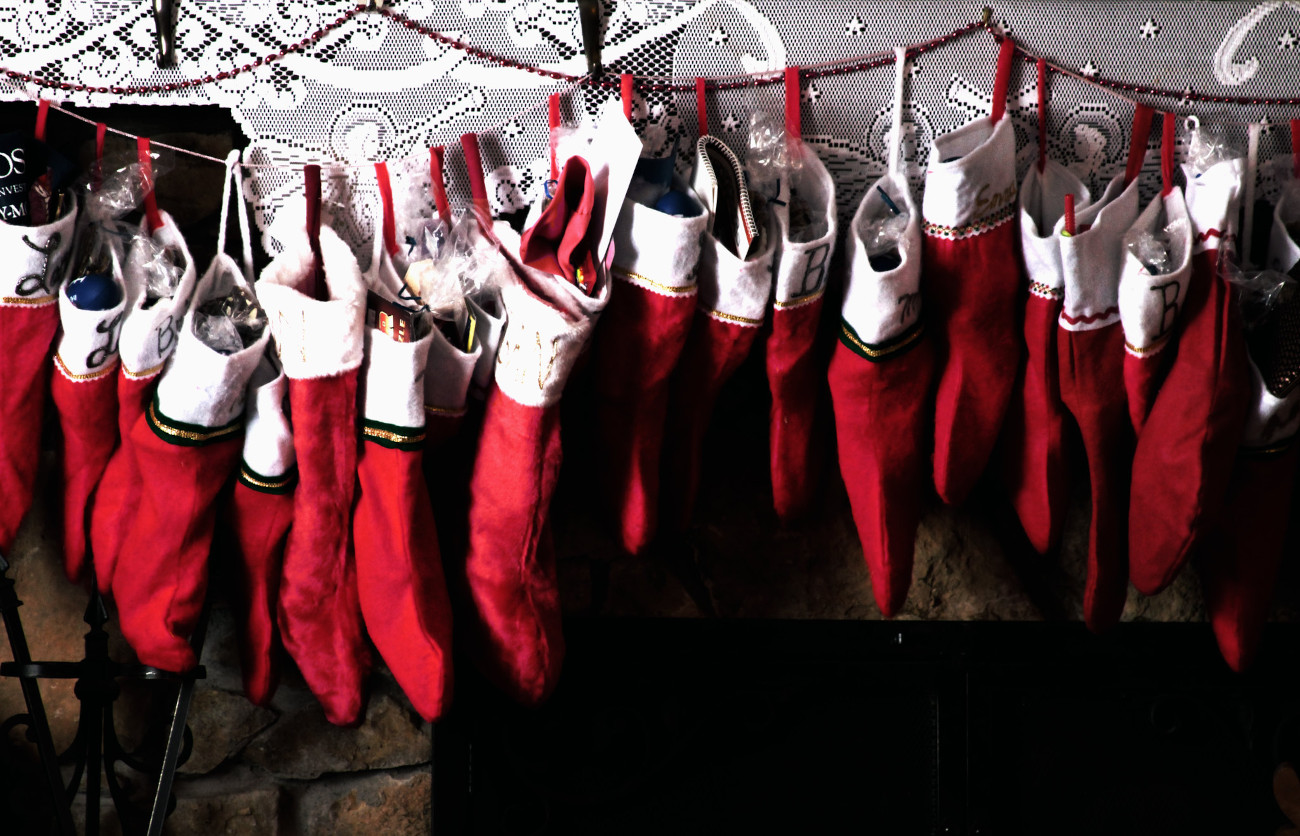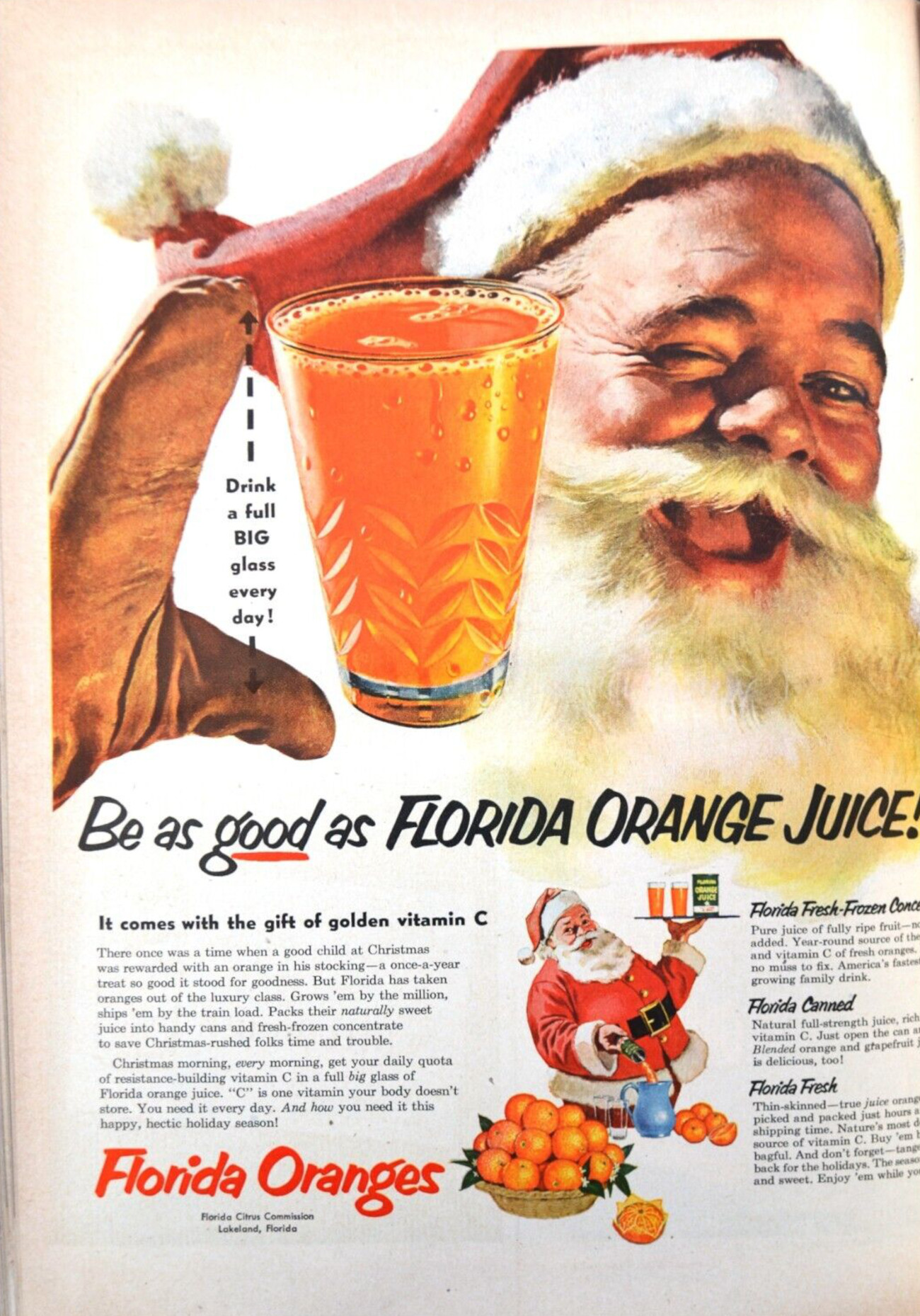Santa and Citrus — Why Is The Orange So Popular During Christmas?
Presents are wrapped, stockings are stuffed, and oranges are prepared. Wait oranges? Nowadays, the world of gift-giving is a space-age technological race to vie for attention and for customers to buy electronics. But rewind the clock, and you’ll find that the hot, go-to gift was a fruit. How did the orange become a part of the Christmas season and why did it become a coveted Christmas gift?

For as long as the world was left uncharted and unexplored, the finds that came out of the Far East were always exotic marvels. For the Europeans, the oranges of the East were the epitome of exotic. The oil and aromatic-filled peel harbored juice-filled segments with the most intense flavor of natural sweetness and were considered extremely healthy.

Explorers brought back the citrus to the European continent, finding that oranges did well in the warmer regions of Valencia, Spain and Sicily, Italy. With the trade route to Asia blocked after the Ottomans defeated the Eastern Roman Empire, explorers turned to the uncharted Atlantic Ocean and the New World as a passage to the Far East. In the process, an abundance of citrus seeds were brought from the Old World and were utilized in the Americas. Spanish missionaries planted the most, especially when it came to oranges. By the time the American colonies had formed, groves of citrus trees were already well established in Florida and in the far-off California coast.

The coveted nature of oranges was especially appreciated in the depths of the winter, which had no reprieve of fresh fruits. As the years progressed, the orange’s availability increased, particularly during the late 19th century which saw massive changes in industrialization. The Victorians, flush with excess money, started popularizing the stocking-hanging tradition. While filling stockings or shoes during the Yuletide season was a practice in a variety of Northern European countries, the tradition of hanging them on the fireplace mantel and stuffing them with a overflowing amount of gifts was uniquely Victorian.
An orange became a common treat to find in the toe of children’s stockings (albeit for wealthy families). The story goes that the orange represented the gold given by Saint Nicholas to three impoverished women (either as dowries or as money to prevent them from becoming slaves). Called the Miracle of the Dowries, this story was acknowledged ceremoniously in a way by putting a golden item into a stocking as a gift. Victorians, even the wealthy ones, didn’t have gold lying around to put in stockings. The round shape and bright golden color of the orange was seen as a comparable substitution.

At the turn of the century oranges were marketed at a whole new level. The California Fruits Grower Exchange promoted oranges under its brand Sunkist to an aggressive degree. Retail shops, pharmacies, and soda fountains alike had one advertisement or another for this orange fruit, and during the holidays it was touted as the healthier gift-giving option for the season.
During the Depression, oranges became more exotic and coveted as it had been years ago. With financial and living instability, receiving an orange was a special treat, as people couldn’t afford the fruit throughout the year on a regular basis.

After the Depression, the advertising of oranges wasn’t as intense as it had been from the 1900s to the 1920s, but wartime buyouts of oranges stabilized the California and Florida orange markets. Post war innovations brought the orange to the average American breakfast table in concentrated, liquid form. The post war love of orange juice normalized the once coveted fruit, but receiving fresh, real fruit was still a treat (as most concentrate did not have a lot of fresh juice in it). The marketing of the past set a cultural pattern in so-to-speak societal stone, forging the connection between Christmas, citrus, and gift giving. The gifting of oranges is still a thing, with the advent of mail order, orange growers sold (and still sell) Christmas gift sets from California or Florida.













